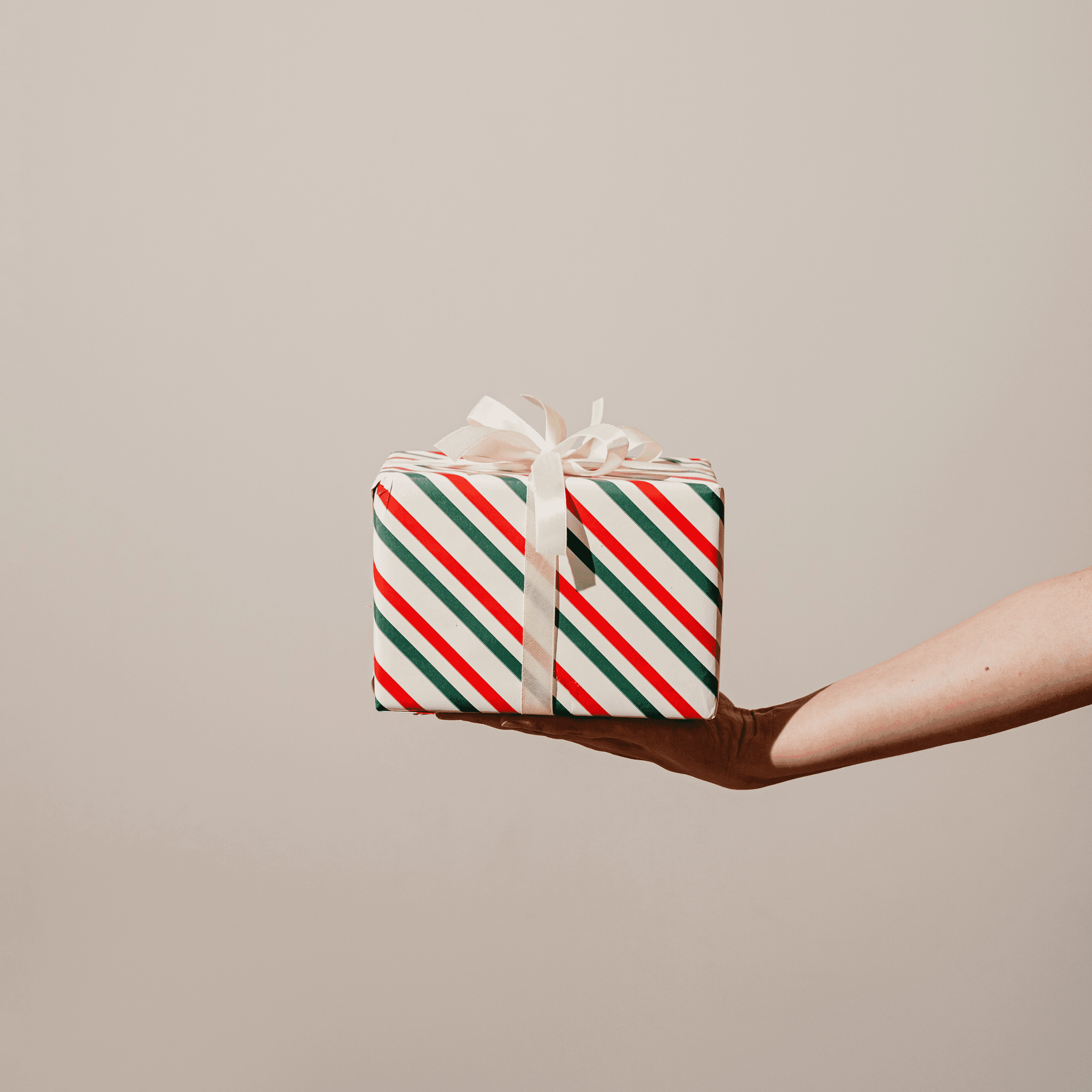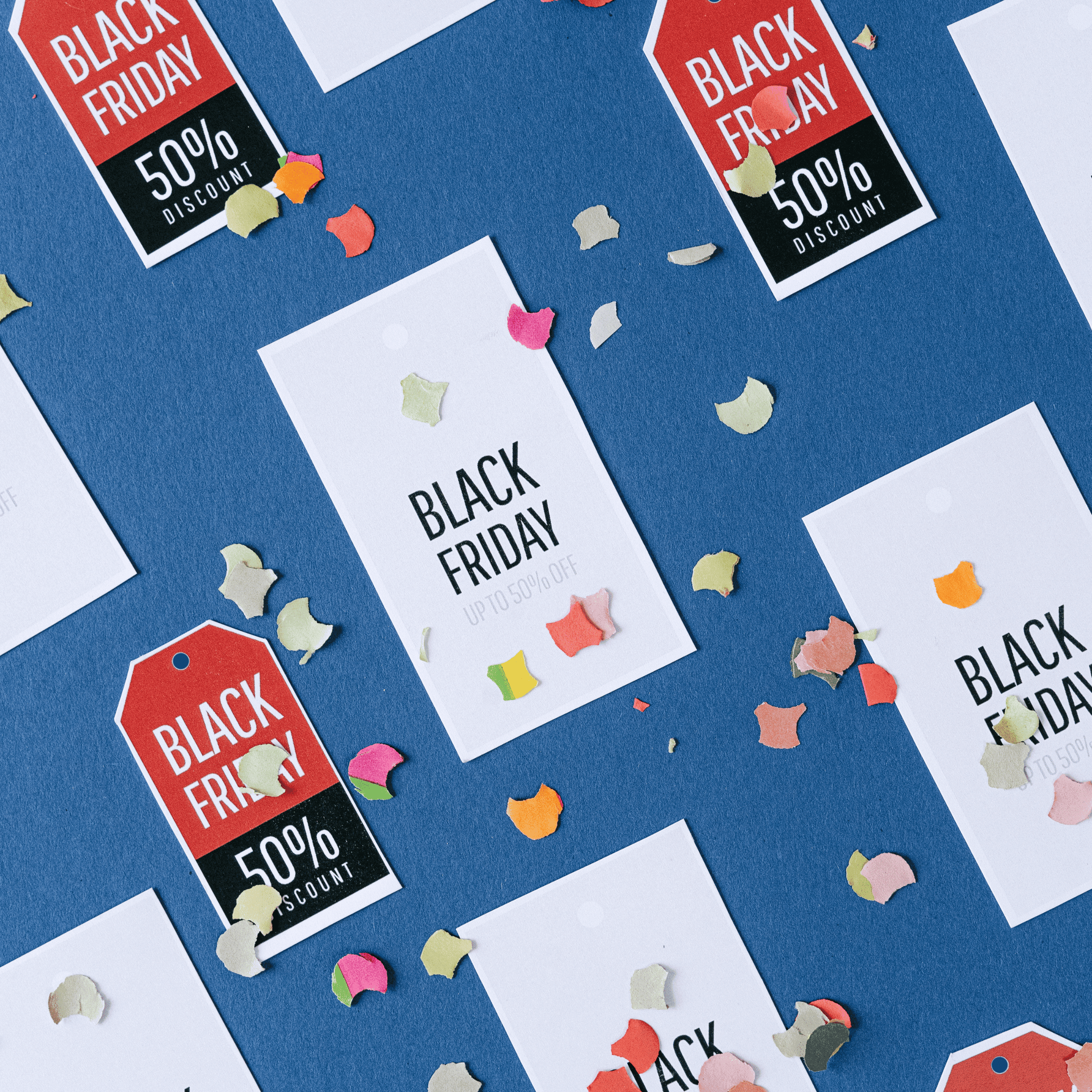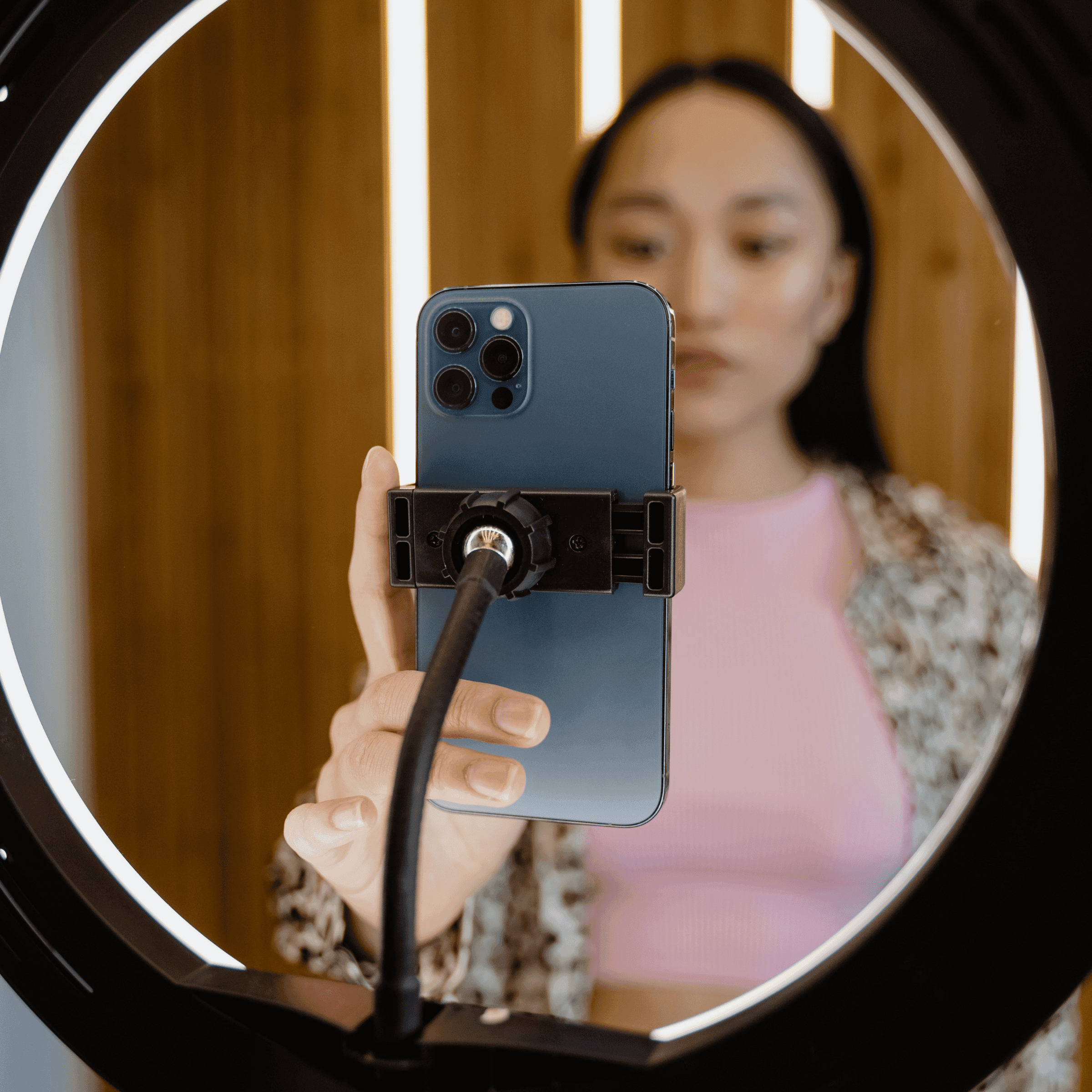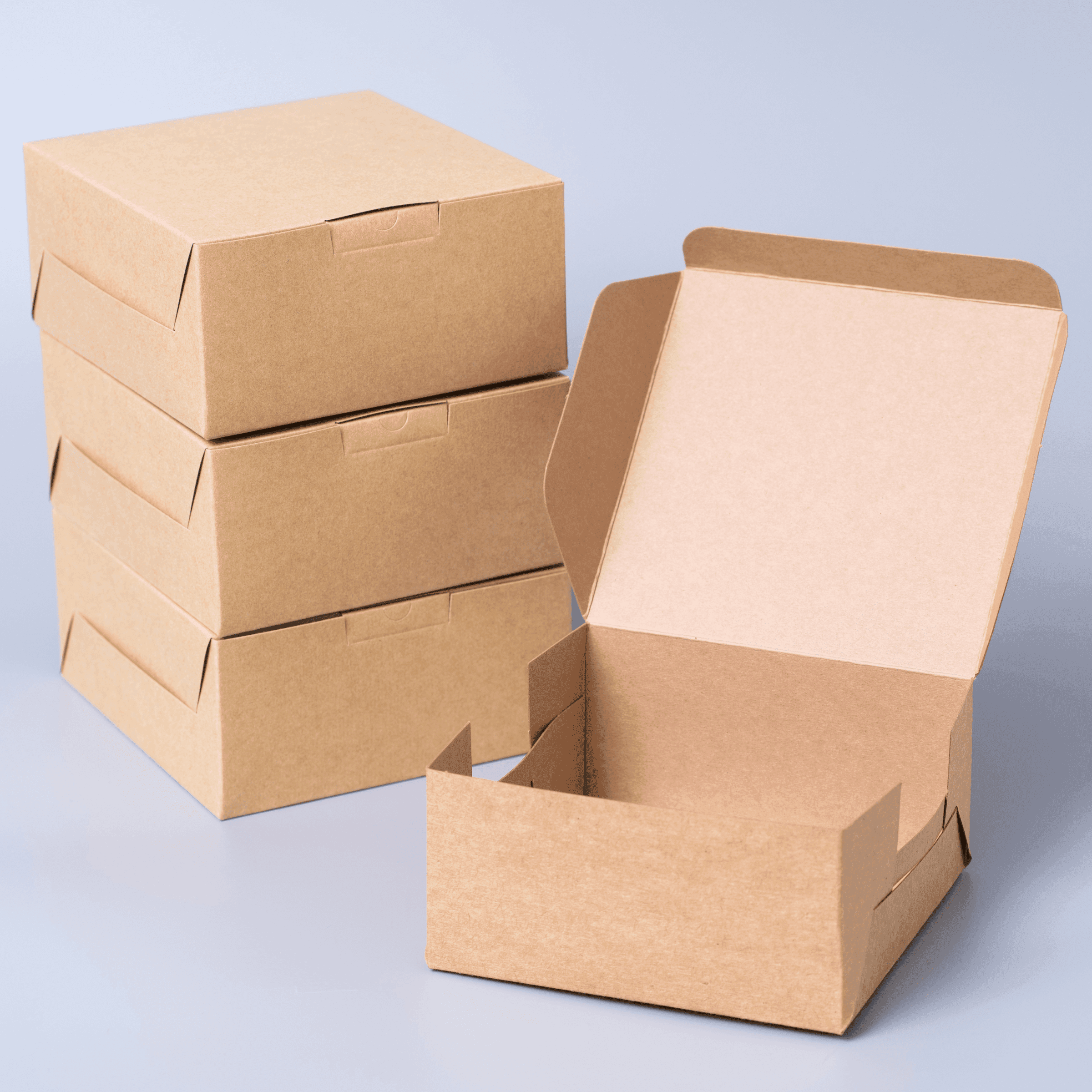Crowdfunding flips the traditional product launch model on its head. Instead of producing inventory and then finding buyers, brands gather demand and capital first—then begin manufacturing, importing, assembling, and shipping. While that model unlocks creativity and early traction, it also introduces complex operational challenges once the campaign ends.
Moving from a successful Kickstarter or Indiegogo project to smooth customer delivery requires more than excitement and funding—it demands a clear logistics strategy. The right third-party logistics (3PL) partner can bridge that gap, managing inventory, kitting, packaging, and international shipping to ensure every backer receives their reward on time and in perfect condition.
Why Crowdfunding Fulfillment Requires a Different Approach
Unlike ongoing ecommerce, crowdfunding fulfillment is batch-based and highly variable. The spike in orders, the mix of pledge levels, and the expectation of transparency make it unique.
- Batch Shipments: Fulfillment often happens in waves rather than continuous daily orders.
- Complex Kits: Pledge tiers may combine multiple SKUs or add-ons, requiring precise kitting.
- Changing Addresses: Backers frequently update their shipping details before fulfillment.
- Cash Flow Pressures: Campaigns need to balance production, shipping, and 3PL fees against collected funds.
- International Compliance: Duties, tariffs, and product regulations differ by market.
Crowdfunded brands must therefore build a fulfillment plan that can handle the surge, the variability, and the compliance risks—without burning through campaign capital.
Laying the Groundwork Before Your Campaign
A successful campaign starts long before launch day. Founders who integrate logistics early project more credibility and avoid downstream chaos.
- Validate Packaging and Dimensions: Determine final unit dimensions, carton counts, and weights to estimate shipping and storage costs accurately.
- Map Pledges to Physical Kits: Create a clear matrix that links each pledge tier to its required SKUs and assembly instructions.
- Select Packaging Wisely: Decide whether rewards will be shipped in retail packaging or overboxed for protection.
- Address Collection Strategy: Choose a platform like BackerKit or PledgeBox to handle address collection and validation.
- Reserve Fulfillment Capacity: Secure warehouse space and kitting labor before the campaign closes to prevent bottlenecks later.
By aligning your 3PL early, you can quote accurate shipping fees, build realistic timelines, and reassure backers that fulfillment is already planned.

Translating Pledges into Kits
Once your campaign is funded, you’ll need to turn digital promises into physical products. That means creating a detailed map of which components, inserts, and packaging elements make up each reward.
A Pledge-to-SKU Map helps your 3PL know exactly what belongs in every box. It should include:
- Line items and quantities for each pledge level.
- Kitting steps and assembly sequence.
- Special labeling or inserts required by region.
- A master barcode for each finished kit to simplify picking.
The more clearly you document each variation, the smoother your fulfillment runs—and the fewer mispacks occur.
Data and System Integration
Most backer data flows from Kickstarter, Indiegogo, or a pledge manager into Shopify or another ecommerce platform. Before sending data to your 3PL, ensure:
- All addresses are validated and formatted correctly.
- Duplicate or incomplete records are removed.
- Tags or notes identify VIPs, international backers, or special handling requests.
- A final export is provided after your “address lock” deadline.
Integrating your fulfillment partner’s warehouse management system (WMS) with Shopify or your pledge manager ensures real-time visibility once shipping begins.
Manufacturing Handoff and Customs
After production wraps, the focus shifts to freight, customs, and compliance.
- Confirm HS codes and labeling requirements for each SKU.
- Book ocean or air freight with proper insurance.
- For campaigns shipping from overseas, consider using customs-bonded warehousing to defer duty payments until goods are released for domestic delivery.
- Ensure your customs broker handles the correct IT (In-Transit) filings if goods move between bonded zones.
These steps can significantly reduce landed costs and simplify the path from factory to warehouse.

Receiving, Kitting, and Packaging
Once your products arrive at the 3PL facility, they undergo several key stages before shipping:
- Inbound Receiving: Verification of cartons, quantities, and condition.
- Kitting and Assembly: Combining multiple components into finished kits or bundles.
- Labeling and Barcoding: Applying scannable SKUs for inventory accuracy.
- Packaging: Protecting fragile items, applying branded materials, and performing final QC checks.
Many crowdfunded products—especially in tech, home, or lifestyle categories—require light assembly, accessory inserts, or protective packaging. The 3PL’s value-added services department ensures these are handled efficiently and at scale.
Shipping and Customer Communication
The delivery phase can make or break a campaign’s reputation. Clear communication and reliable carriers are critical.
- Segment Shipments: Domestic vs. international, or by pledge tier, to manage workload and customs.
- Track Every Order: Offer tracking links and branded portals to keep backers informed.
- Send Progress Updates: Communicate milestones—such as “Freight in Transit,” “Customs Cleared,” and “Shipping in Progress.”
- Plan for Returns: Define how you’ll handle undeliverable or damaged units.
The best campaigns operate like professional brands, not passion projects. Transparency builds trust—and repeat customers.
Budgeting for Fulfillment Costs
Every crowdfunding campaign should calculate a true landed cost per unit that includes:
- International freight and insurance
- Customs duties and taxes
- Inbound handling and storage
- Kitting or assembly labor
- Packaging and materials
- Pick/pack and shipping fees
- Returns or customer support costs
Working with a 3PL early allows you to create realistic cost models that reflect actual operations rather than optimistic assumptions.
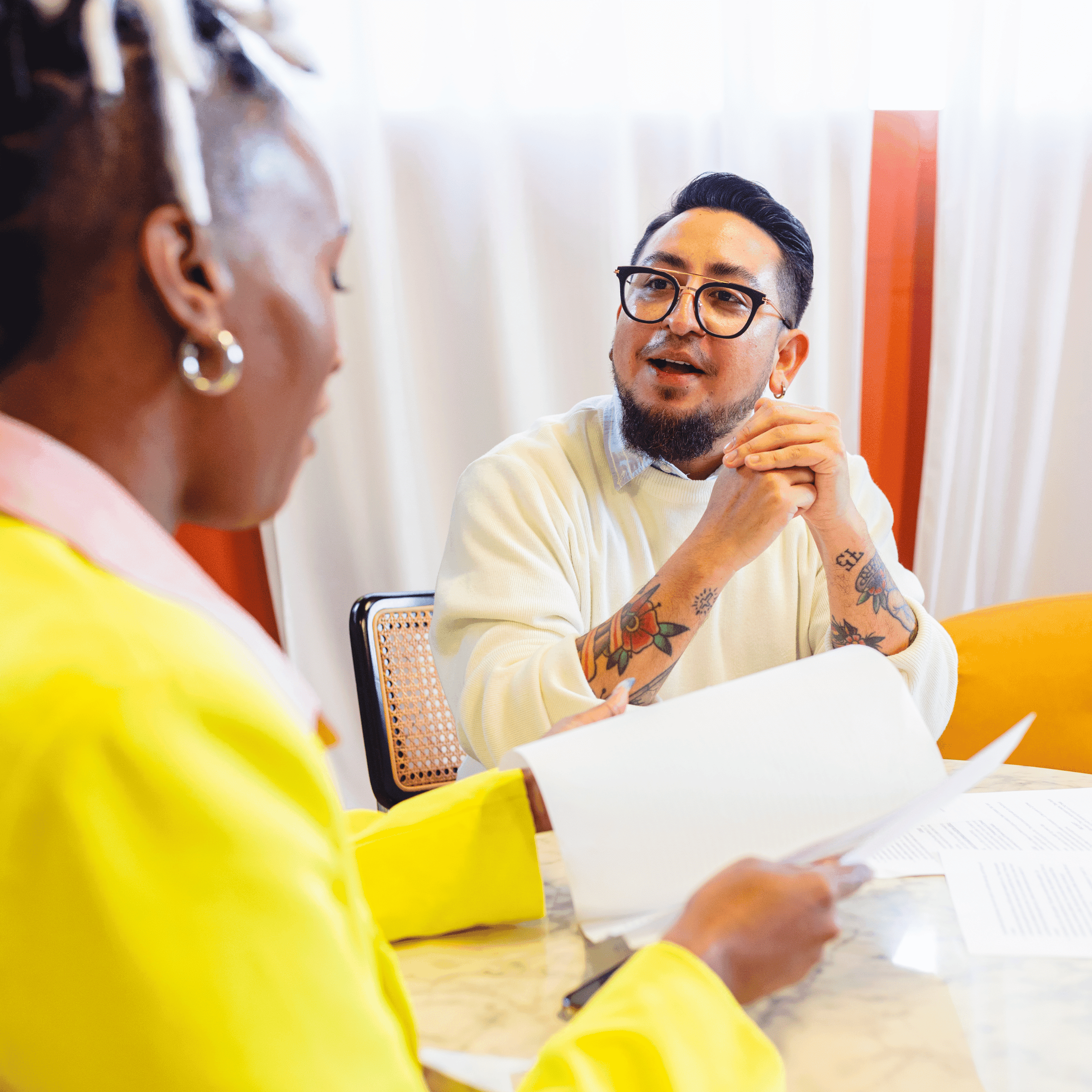
Avoiding Common Pitfalls
Even successful campaigns can stumble during fulfillment. The most common issues include:
- Underestimating kitting time or labor costs.
- Address changes after locking.
- Cash shortages at customs release.
- Missing or incorrect product labeling.
- Inadequate packaging for fragile items.
Building redundancy and buffer time into your logistics plan will prevent these from derailing your launch.
From Backers to Long-Term Customers
The end of a crowdfunding campaign is the beginning of a brand’s operational life. Once backers receive their rewards, many creators transition to ecommerce platforms like Shopify or Amazon.
The right 3PL helps you make that shift seamlessly—using the same inventory, systems, and fulfillment workflows that powered your campaign. By integrating direct-to-consumer and retail channels, you can turn one-time pledges into repeat orders.
How Snapl Supports Crowdfunding Brands
Snapl’s fulfillment network helps crowdfunded creators move from prototype to delivery with precision and confidence.
- Pre-Campaign Logistics Planning: Forecasting freight, packaging, and fulfillment costs before launch.
- Kitting & Assembly: Multi-component product builds, influencer mailers, and retail packaging.
- Bonded Warehousing: Duty deferral for international campaigns importing through U.S. ports.
- Omnichannel Readiness: Transitioning from backer shipments to Shopify, Amazon, or retail channels.
- Transparent Pricing: Straightforward, per-touch fulfillment rates with no hidden fees.
Snapl handles the complex logistics behind Kickstarter and Indiegogo projects so founders can focus on product and community—while we handle every pallet, carton, and label from port to doorstep.
Get a Custom Crowdfunding Fulfillment Plan
Partner with Snapl to streamline post-campaign operations—from packaging and assembly to customs and last-mile delivery. Contact our team to build a fulfillment schedule that turns pledges into delighted customers.

Plan Your Kickstarter Fulfillment with Confidence
Contact Us

